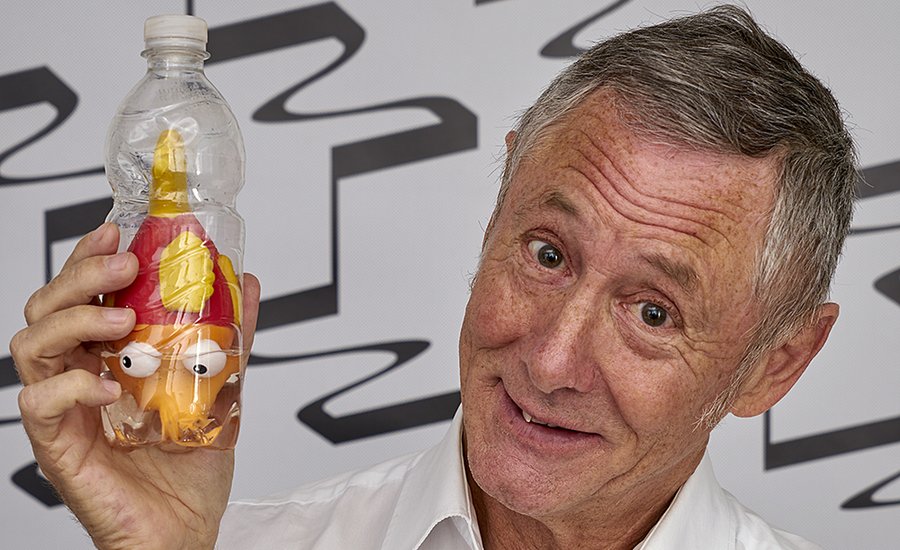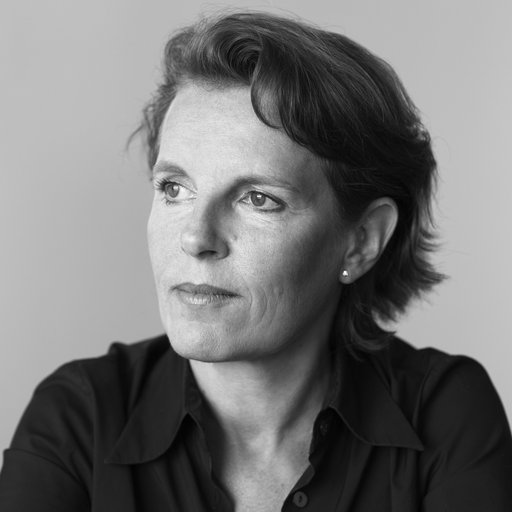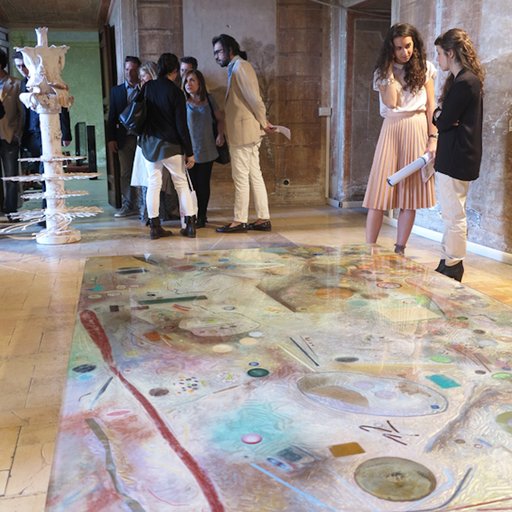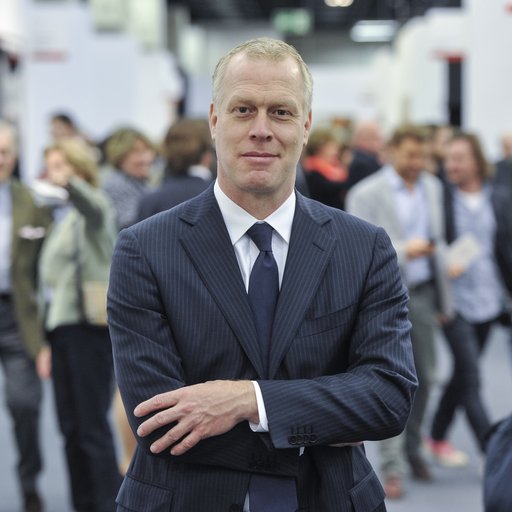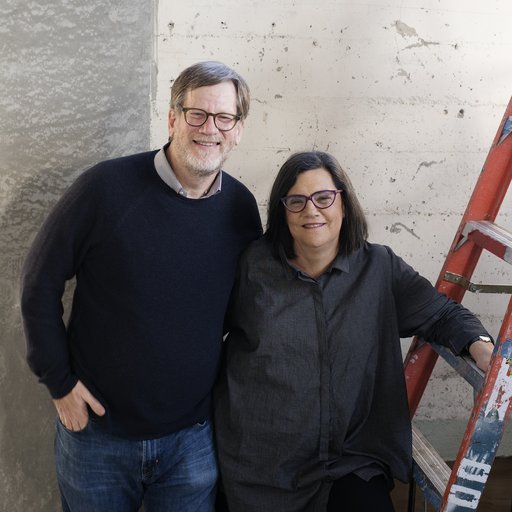Created in 1996, the LISTE art fair has for over two decades been the perennial ingenue to Art Basel’s grand dame, introducing the most exciting new galleries and young artists from around the globe in the shadow of the blue-chip market behemoth a few blocks away. Peter Bläuer, the founding director of the pioneering indie fair, has witnessed cohort after cohort of upstarts matriculate through his program—which makes its exhibitor selections via a mysterious, powerful network of anonymous museum curators—and has ensured the continual replenishment of fresh blood through a rigorous winnowing process á la Logan’s Run: it’s difficult for artists to show after age 40, and it’s equally difficult for any gallery to remain at the fair for more than a few years. The goal has been to keep things vital and diverse, without succumbing to habit or convention.
Lately, however, Bläuer has noticed that a new force for conservatism has been beginning to complicate his efforts. That would be the art market, which has inculcated a certain template for the kind of art that does—and doesn’t—sell, and which in its global reach has increasingly chased innovation to the fringes. This year, for instance, LISTE has brought on 11 new galleries to join the fold, and these largely hail from such unexpected places as Kosovo (LambdaLambdaLambda), Egypt (Gypsum Gallery), Ecuador (Nomínimo), Ireland (Ellis King), and Portugal (Múrias Centeno).
These days, Bläuer is not alone in his anxiety about the homogenizing forces of the market, but he is in an exceptionally privileged position to do something about it—and he is intent on seizing the opportunity. In advance of this year’s fair, Andrew M. Goldstein spoke to the LISTE director about what to expect at this edition, and where the dangers to creativity lie.
More than two decades have gone by since you founded LISTE, setting the template for the alternative art fair—and by now, with events like NADA, Material, Granpalazzo, and Paramount Ranch popping up all over the globe, it’s clear that the indie art fair is not a passing fad. As the granddaddy of the emerging fair, how does LISTE manage to keep it fresh year after year?
Twenty years ago, when we started the fair, the point was that Art Basel was not interested in introducing the new generation of artists and galleries—it just wasn’t part of the concept. Now, of course, they have Statements, but there are still only a few new galleries who can take the chance to bring the young artists of their generation. The rest are very established galleries. So, that was really the reason we started LISTE—we wanted to introduce the new generation, and to do it every year.
One special thing about LISTE is that we take them very young. Sometimes the galleries are only a year old, or half a year old, so we don’t know where they’ll be in two, five, six, seven years. The other special thing about LISTE is that you can’t stay forever at LISTE. If you’re good—if you’re really very successful—Art Basel picks you to join the main fair. That’s always a complement to Liste, of course, and if you look back over time, I think about a fifth of our galleries have made it to Art Basel at one point or another.
But, yes, some galleries are not that successful, and that means, also, that they can’t stay forever in LISTE. It’s very important for us that every year we have some space for the new generation, for the newest galleries. And this year we are introducing 11 new galleries.
How do you ensure that such a young gallery will bring interesting work to the fair?
We check the whole program. So, that’s the first point. It’s not only about what they tell us they want to show at LISTE—it’s very important for us that we think the whole program is interesting. Then we take them, and then they can just decide what they would like to show. At the end of the day, in general, the success of a gallery is dependent on having good artists, and that’s the most difficult thing. I think it’s also the part you can’t really learn.
Of course, today, most dealers have studied art history, and they’re experienced in this field. It’s not like 40 years ago, when a rich woman might have a gallery because she likes art. Today most of the dealers are professionals—but, still, to have the nose to know who’s an interesting young artist, that’s a very difficult thing. But then, after you find them, you have to manage them in the way they need. And with the older galleries now often taking on interesting young artists themselves, it’s very hard for new, young galleries to start with these good artists.
It seems that more and more of these young galleries are being started by artists these days, at least in America. Have you noticed this in Europe too?
Yes, it’s the same in Switzerland, where we have a lot of artist-run spaces. But the difference is that they don’t represent the artists. It’s a very different concept—they’ll show an artist, but they don’t represent them, they won’t show them a second or third time, and the don’t make the connections to museums.
The gallerist has a different profile. He’s the manager of an artist. I think the way it works is that the young gallerists go to the artist-run projects to look for new artists, but, in the end, the artists would like to be represented, and it’s still the gallery that does this work.
You said that LISTE looks for new galleries with the best programs—how does your selection committee of curators and other tastemakers decide what is best? Do they look for artists who are most interestingly tackling the themes of the moment, like technology and identity, or for artists who make the most exceptional objects?
I would say “everything,” you know? It could be a classical painter, but one who is making very interesting work. We had about 350 applications this year, and when you go through these applications you can get a sense of the zeitgeist—what the fashion is now, how the artists are working now, what they studied at art schools. So, of course, if there’s something in the zeitgeist—if you have 20 that are submitting the same thing—then we will be looking for the best of them. We also always look for the things that are perhaps a little bit different.
The people who make the selections for LISTE are truly museum people, so, yes, they know the market a little bit, but that’s not their main concern. They really go through these applications and look for what they think could be interesting for our time, or could be a little bit different.
Speaking of things that are a little bit different, I always come to LISTE expecting to see more new media art, but it seems that even when there are artists who are addressing issues of the Internet age and technology, they are usually doing it through objects, within a sculpture or a painting. It makes for a certain homogeneity, even if the intention is to bring in points of difference.
Yes, I absolutely agree with you. But that is the problem of the market, you know? We talked about this in the jury this year, that we have to do something to introduce more digital art. But the problem is that now is not the easiest time for galleries to do business, so when they have this chance to go to Basel and LISTE, they have to bring things that they can sell. That’s the reality.
The unfortunate thing is that we live in a time in Europe where people in small cities don’t go to galleries anymore—they just go to art fairs. They don’t even go to museums unless there’s a great show, and they don’t go to view collections anymore. So, the galleries have the problem: they need art fairs more than ever before, so the market rules there.
But the thing is that the museum people come to art fairs, too—they don’t have the time anymore to go from one city to the next to visit all these galleries, so they do it at the fairs. It’s very sad.
That really sounds unpromising when it comes to the development and spread of new approaches to art. But I’m sure many of these younger galleries do have this kind of work in their programs, right?
Some of them do have very interesting digital artists in their program, but it’s too risky for them to bring them to an art fair, where they’re afraid they can’t sell them. I mean, we try to keep the prices quite low, but still it costs money, and you have to transport the art, and you need the hotel, and you need to live in this expensive Swiss city for one week. But we know this is a problem, and we will have to do something to help the galleries.
That means we will have to be cheaper. That’s the simple truth. So we have to think about that, how we can do that. Perhaps, we can do something—we can say, ok, we’ll create 15 spots dedicated to digital pieces or other difficult installations, and we’re looking for a sponsor who can help keep the prices lower. I understand that it’s not an easy time for a young gallery.
It’s remarkable to think that, at this time when there are so many technological innovations and so much possibility to try new approaches in art, the market is unnaturally discouraging artists and galleries from venturing into these areas. It’s also remarkable to think that an art fair would feel an obligation to fix this problem.
I want to have a good art fair, of course. I want to introduce new positions. And, before the financial crisis in 2008, every gallery had a video somewhere in their booth. Everybody sold a lot, so they could bring a video, you know? Ever since the crisis, it’s been more difficult. Do you know how many young galleries have closed down? Every week I get emailed a notification that this gallery closed, that gallery closed. The most expensive things work very well in this market. The auctions are still fantastic, no? But, for the new generation, it’s not easy.
In March I was in New York, and I think I visited about at least 60 young galleries. And most of them were showing the same thing—they all have things to hang on the walls, or perhaps sculptures. But I know it’s not that they wouldn’t like to show video or digital works. I think it’s the problem of the market—the gallery business is very expensive, so they have to sell.
But the other thing I have to say is that it also shows how conservative the collectors are. It’s not only a problem of the galleries, it’s also a problem of their clients. Most collectors love to buy paintings, perhaps photographs, or sculpture. But, digital art? I know some collectors who collect digital art, but they are not the majority.
In the past, when the art market was tighten and there wasn’t much money flying around, what happened is that artists began making experimental work without the intention of selling it. In the 1960s and ‘70s, for instance, you saw this with performance and early video art. All of this was art for art’s sake, and only over time did it become embraced by museum and trickle down into the broader art ecosystem.
But that was also an expression of the time. The ‘60s and ‘70s were a very progressive time. We had a lot of revolutions all over the world. Now I don’t think we are living in a very progressive world. The world is very conservative at the moment. There are a lot of these issues, so, of course, you can also see them in the art world.
Is this something you’re feeling especially acutely in the E.U., which is now beset with economic uncertainty, doubts about its future, and rising conservative tendencies in politics? Is this being felt in the art world?
Yes, for sure. There are countries in Europe, like Spain, for example, that have a lot of economic problems, and so a lot of collectors there don’t exist anymore. But in Switzerland, a country that don’t have the economic problems like Spain or Italy, we also have far fewer collectors who are buying.
How is this changing landscape being expressed through the kinds of new galleries applying to LISTE?
The interesting thing for LISTE, if you look at the 11 new galleries this year, is that at the moment we’re finding more interesting galleries in Eastern Europe, and we also have a gallery from Egypt for the first time, and another one from Pristina. When I went to New York this spring to look at galleries, I have to say, it was a lot of boring things. All a little bit the same. So now, this year, we only have new American gallery—only one from this big country. But, as I said, I know it’s also a problem about business. I mean, how many galleries are in New York? It’s incredible. When I visit all these galleries, I think, “How can they survive?”
When it comes to these 11 new galleries, are there any kind of new directions that you saw in the work they are showing?
I wouldn’t say there’s a new direction, but I think the interesting element you get from these galleries, which are from countries that are not at the center of things, is to have a different view of the world. It has to do in part with the schools, which are teaching art in a slightly different tradition, that is local to that country. It’s not this classical Western world of art. So, I think there’s a little bit of that. I hope you will see some different things at LISTE this year.
Would you say you’re dissatisfied with the general state of contemporary art at the moment? Is it a little boring?
I don’t think it’s more boring than it was before. It’s a much bigger business. We have much more galleries than we’ve had 20 or 40 years ago. But all these galleries need work—they need artists—and I don’t think there are more very good artists than there were 20 or 40 years ago. There’s the problem.
If you were an optimist and believed you could change this situation, what would you do to change it?
You know, the situation in the art world represents the world in general. We are very much in a realistic world, and you can see that in the art. It also has to do with the fact that the art schools now are really different from before—they teach young artists how to make work for the market. Not all of them, of course, but most. So while I’m very happy that we still have have interesting works being made without an eye to the market, a lot of artworks are being done because they’ll sell—it’s not really about the work. It’s just the reality of our time.
Is this different from when you founded the fair in 1996?
Yes, perhaps, a little bit. What is also different, when I look back to 20 years ago, is the position of collectors. We have many more collectors now than 20 years ago who buy with their ears more than their eyes. We are all very well-informed. We have all of these magazines, we have sites like yours on the Internet, so people now know much more than they used to. So what happens? The influence is the market consensus is very strong.
This collector who goes through LISTE and really looks at the artworks? We have less of them than 20 years ago. They already know what they should buy before they’ve even seen the work—some of them even buy before they see the original, you know? If they want to have a piece by an artist, it’s enough for them to see a reproduction. That’s why we have a lot of collections now that look the same. I still believe you need to see art in the original.
It’s interesting how you were talking about LISTE as being a sort of giant exhibition space of new art for people who don’t have the access to the kind of museums or nonprofits that show emerging work. Is there any way that you think the fair could change to become even more curatorial, or even more invested in this notion of being an exhibition?
I think it’s something between. Of course, I don’t want to be a museum, you know? But we already care very much about curatorial elements. For example, in LISTE, you cannot show 10 artists in your booth. We don’t accept that. We want the galleries to really introduce their artists, especially the young artists who are not very well-known. It’s not interesting if the artists only show one work.
It’s different if you go to Art Basel, where you can see one new example by a very well known artist, you already know them and can contact the gallery to see more. But LISTE is a fair to introduce new artists, so that’s why this year, for example, we have 33 solo presentations from our 79 galleries. That’s very important for us. In soliciting applications from galleries we write, “We prefer solo presentations, or two or three artists, but not really more.” You need to see a little more than two or three works, because, even for a professional, it’s very difficult to know what an artist is about from just one work.
And that’s another consideration: LISTE is very important for museum people. We have the collectors, of course, but at Liste the museum people who come and look for new artists are of equal importance. For them, it’s very important that you can show more than one or two works. So we are quite a bit curatorial—we don’t just want to be a market filled with stuff.
As a final question, when you look at Basel, they’ve expanded to Miami and Hong Kong and are now doing projects with cities around the world. Do you ever dream of LISTE doing other events over the course of the year?
Yes, of course, of course. We have always thought of doing a LISTE somewhere else, but it hasn’t happened yet. For me, it’s important that if I do something else, it has to be very good. It would be very good for business to do a second fair somewhere, you know? But that’s not the most important thing for me. So, for now, it hasn’t happened.
Well, one thing you could do, if you’re talking about the paucity of showcases for digital and video art because it’s too risky to show in expensive fair booths or gallery spaces, why not start a virtual fair for this art that took place entirely online?
It’s perhaps not something for me! [Laughs] I’m too old for that. [Laughs] I think young people have to do that, as I still deeply believe in the original artwork.











